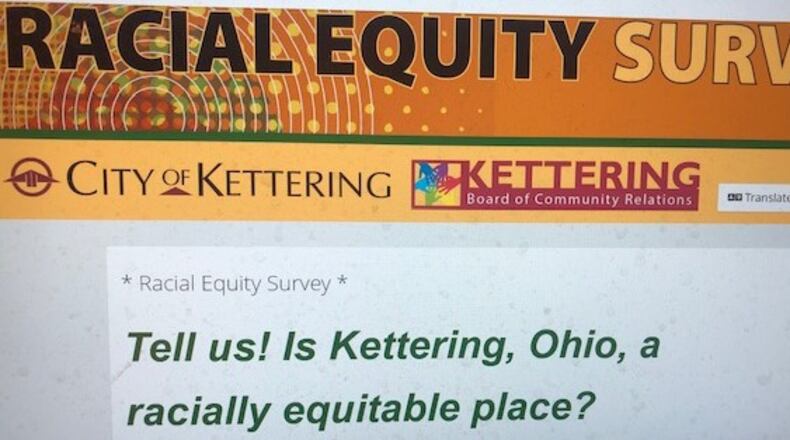The survey seeks to take “a closer look at racial equity in our approach to employment, housing, education, access to healthcare, transportation and public safety,” affirming “our commitment to equity, fairness and justice,” according to the city.
The survey of fewer than 20 questions covers topics including race relations involving interactions with businesses and police, and access to job, education, health services and homebuying opportunities.
The board wants to see if “there things that we should be doing…to make sure that we’re hearing from residents – if they feel like they have equal opportunity…whether that opportunity is for housing or jobs or health services. Just making sure that people have a voice,” Jones said.
Kettering’s estimated 54,800 residents are 89.8% white, 4.2% black and 2.8% involving two or more races, according to the U.S. Census Bureau. Asians make up 2.5% and Hispanics or Latinos 2.4%, data shows.
The survey, which was posted earlier this month, will be up for at least a few more weeks, officials said.
It is available at https://www.publicinput.com/ketteringbcrracialequity. Once results are reviewed, actions may be taken this year depending on coronavirus restrictions, said Angela Brown, a city staff liaison to the community relations board.
What actions those may be will be dictated by the survey’s findings, Jones said.
“If we were hearing from businesses in the city of Kettering that they feel like they aren’t being treated the same then I think it would be an opportunity for the board….to potentially invite some businesses to a forum or to our monthly meeting,” she said.
“And we can have dialogue and we can have listening sessions. And we could look at things that could be put in place,” Jones added. “Is it just a miss communication? Is someone having a bad day? Or is there really something going on that needs to be addressed in policy or procedure?”
Brown said the city would like to see anywhere from 5% to 10% of Kettering residents take the survey.
The goal is “to get some baseline data that leads to programs to create opportunities for people,” Jones said.
“We’re looking forward to getting the results so that we can look at what are the next steps that need to be taken in the community to make sure that everyone feels like they’re being heard,” she added.
About the Author

